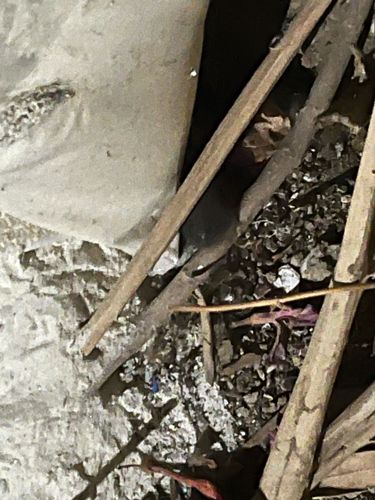Cockroach
Scientific Name: Various species, common examples include Blattella germanica (German cockroach), Periplaneta americana (American cockroach), Blatta orientalis (Oriental cockroach)
Order & Family: Order: Blattodea, Family: Blatellidae (e.g., German cockroach), Blattidae (e.g., American cockroach, Oriental cockroach)
Size: 1.1 cm to 5 cm (0.4 to 2 inches), depending on the species. German cockroaches are typically smaller (1.1-1.6 cm), while American cockroaches can be much larger (3.5-5 cm).

Natural Habitat
Cockroaches thrive in warm, humid environments, often found in human dwellings. They prefer dark, secluded places such as cracks and crevices, behind appliances, under sinks, in basements, and sewers. They are common in kitchens, bathrooms, and food storage areas.
Diet & Feeding
Cockroaches are omnivores and scavengers. They will eat almost anything, including food scraps, decaying organic matter, grease, paper, books, fabric, and even other cockroaches when food is scarce. Their ability to consume a wide range of materials makes them highly adaptable.
Behavior Patterns
Cockroaches are primarily nocturnal and gregarious. They are known for their rapid running ability and can often be found scurrying away when disturbed. They reproduce quickly, with females producing egg cases (oothecae) containing multiple eggs. They undergo incomplete metamorphosis.
Risks & Benefits
Potential risks include spreading pathogens (bacteria, viruses, fungi, parasites) that can cause diseases like salmonellosis, dysentery, and food poisoning, triggering allergies and asthma attacks, contaminating food and surfaces, and creating unpleasant odors. There are generally no direct benefits to humans from pest cockroaches, though in broader ecosystems, they can act as decomposers.
Identified on: 8/27/2025